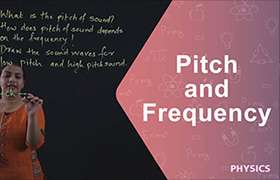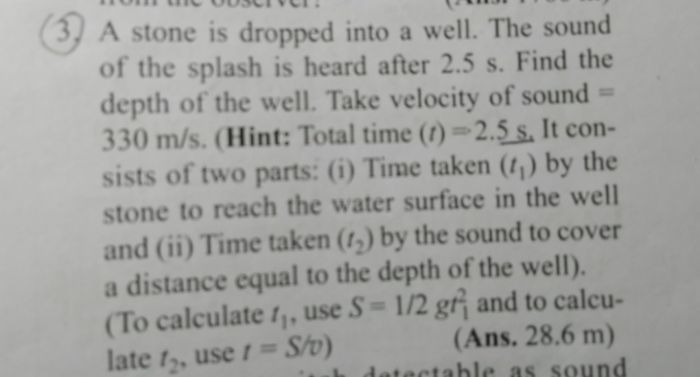CBSE Class 9 Answered
The pinna, the outer part of the ear, serves to "catch" the sound waves. Your outer ear is pointed forward and it has a number of curves. This structure helps you determine the direction of a sound. If a sound is coming from behind you or above you, it will bounce off the pinna in a different way than if it is coming from in front of you or below you. This sound reflection alters the pattern of the sound wave. Your brain recognizes distinctive patterns and determines whether the sound is in front of you, behind you, above you or below you.
 |
Your brain determines the horizontal position of a sound by comparing the information coming from your two ears. If the sound is to your left, it will arrive at your left ear a little bit sooner than it arrives at your right ear. It will also be a little bit louder in your left ear than your right ear.
Once the sound waves travel into the ear canal, they vibrate the tympanic membrane, commonly called theeardrum. The eardrum is a thin, cone-shaped piece of skin, about 10 millimeters (0.4 inches) wide. It is positioned between the ear canal and the middle ear. The middle ear is connected to the throat via the eustachian tube. Since air from the atmosphere flows in from your outer ear as well as your mouth, the air pressure on both sides of the eardrum remains equal. This pressure balance lets your eardrum move freely back and forth
The eardrum is rigid, and very sensitive. Even the slightest air-pressure fluctuations will move it back and forth. It is attached to the tensor tympani muscle, which constantly pulls it inward. This keeps the entire membrane taut so it will vibrate no matter which part of it is hit by a sound wave.
This tiny flap of skin acts just like the diaphragm in a microphone. The compressions and rarefactions of sound waves push the drum back and forth. Higher-pitch sound waves move the drum more rapidly, and louder sound moves the drum a greater distance.
The eardrum can also serve to protect the inner ear from prolonged exposure to loud, low-pitch noises. When the brain receives a signal that indicates this sort of noise, a reflex occurs at the eardrum. The tensor tympani muscle and the stapedius muscle suddenly contract. This pulls the eardrum and the connected bones in two different directions, so the drum becomes more rigid. When this happens, the ear does not pick up as much noise at the low end of the audible spectrum, so the loud noise is dampened.
the compressions and rarefactions in sound waves move your eardrum back and forth. For the most part, these changes in air pressure are extremely small. They don't apply much force on the eardrum, but the eardrum is so sensitive that this minimal force moves it a good distance.
the cochlea in the inner ear conducts sound through a fluid, instead of through air. This fluid has a much higher inertia than air -- that is, it is harder to move (think of pushing air versus pushing water). The small force felt at the eardrum is not strong enough to move this fluid. Before the sound passes on to the inner ear, the total pressure (force per unit of area) must be amplified.
This is the job of the ossicles, a group of tiny bones in the middle ear. The ossicles are actually the smallest bones in your body. They include:
- The malleus, commonly called the hammer
- The incus, commonly called the anvil
- The stapes, commonly called the stirrup
The malleus is connected to the center of the eardrum, on the inner side. When the eardrum vibrates, it moves the malleus from side to side like a lever. The other end of the malleus is connected to the incus, which is attached to the stapes. The other end of the stapes -- its faceplate -- rests against the cochlea, through the oval window.
When air-pressure compression pushes in on the eardrum, the ossicles move so that the faceplate of the stapes pushes in on the cochlear fluid. When air-pressure rarefaction pulls out on the eardrum, the ossicles move so that the faceplate of the stapes pulls in on the fluid. Essentially, the stapes acts as a piston, creating waves in the inner-ear fluid to represent the air-pressure fluctuations of the sound wave.This amplification system is extremely effective. The pressure applied to the cochlear fluid is about 22 times the pressure felt at the eardrum. This pressure amplification is enough to pass the sound information on to the inner ear, where it is translated into nerve impulses the brain can understand.
Hope this helps.
Thanking you
Team
Topperlearning.com













